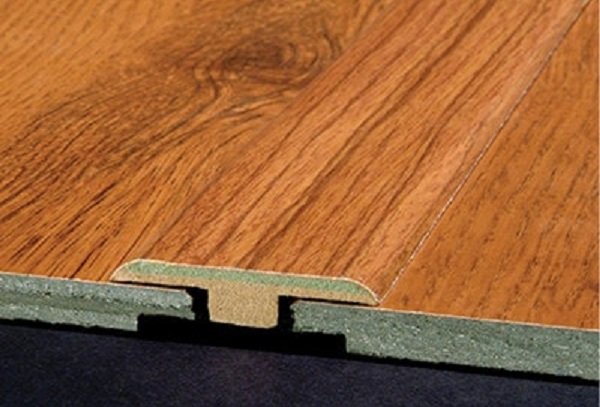
Among wood flooring, solid wood flooring is the most durable which can last a lifetime or more. As the name suggests, solid wood flooring is made from a single piece of wood. Solid wood is sensitive to the humidity of the room. If damaged, solid wood flooring can be repaired easily by sanding several times over its lifetime to give a good finished look.
Courtesy – Masterstouchweb
Dimensions:
Solid wood boards have a general thickness of 18 mm to 20 mm. The standard width of the planks used for solid wood flooring is 81.25 mm and the maximum width is 125 mm.
Types of Wood Used:
Mostly red oak, white oak, beech, walnut, maple, mahogany, hickory, teak, and balsa are used for making solid hardwood flooring. Also, pine, cedar, spruce, and fir are used in making solid softwood flooring.
Properties:
Versatility:
- It comes in a variety of species and patterns, which can be in harmony any type of interior. Every board is unique as it is made from natural wood.
Durability:
- It has the durability of a lifetime or even more if maintained with proper care. Durability also depends on the type of wood used in the flooring. Generally, solid hardwood flooring lasts longer than solid softwood flooring.
Hardness:
- As it is made from real wood, it adds structural strength to the building. Although, hardness may vary depending upon the species of wood used in making the flooring. Generally, solid hardwood flooring is harder than solid softwood flooring.
Dimensional Stability:
- Solid wood expands in a hot climate, while contracts in cold climate. Thus during atmospheric changes, it is subjected to changes in dimensions.
Resistance to Moisture:
- Solid wood becomes weak when it comes in contact with moisture. It absorbs excess moisture and edges of boards may buckle.
Precautions:
- Order 5-10% extra wood planks to take account of cutting waste.
- It is essential to acclimate the wood planks for at least five to seven days before installing them, so as to avoid gaps in wood planks after installation.
- It is not recommended to directly glue down solid wood flooring to any surface. As when the solid wood expands and contracts in extreme weather conditions, the adhesive bond might not allow it to move, which may result in distortion of the flooring, including the development of cracks.
 Also, expansion joints should be given for accounting dimensional changes in the wood due to extreme temperatures.
Also, expansion joints should be given for accounting dimensional changes in the wood due to extreme temperatures.
Courtesy – Armstrong
- To prevent warping of planks, the relative humidity of the room must be 30% to 50%.
- Solid wood flooring should not be cleaned using a wet cloth, instead, a damp cloth must be used.
Where can Solid Wood Flooring be Installed?
Solid wood flooring can be installed in living rooms and bedrooms either at-grade or above-grade position. If a proper sealant is used, it can be effectively used in the kitchen area. It cannot be installed in areas which have more moisture content such as bathrooms, laundry rooms and basements. For cost effectiveness, solid softwood flooring can be used in areas of low traffic such as bedrooms, while solid hardwood flooring can also be used in high-traffic areas like living rooms.
